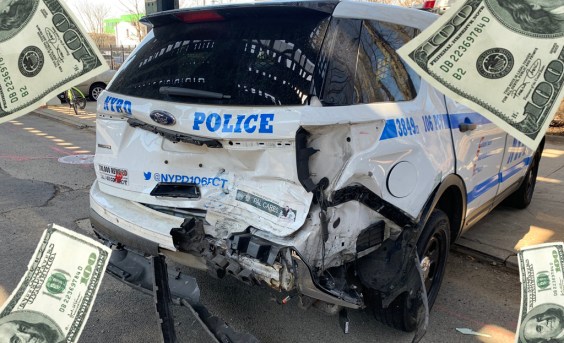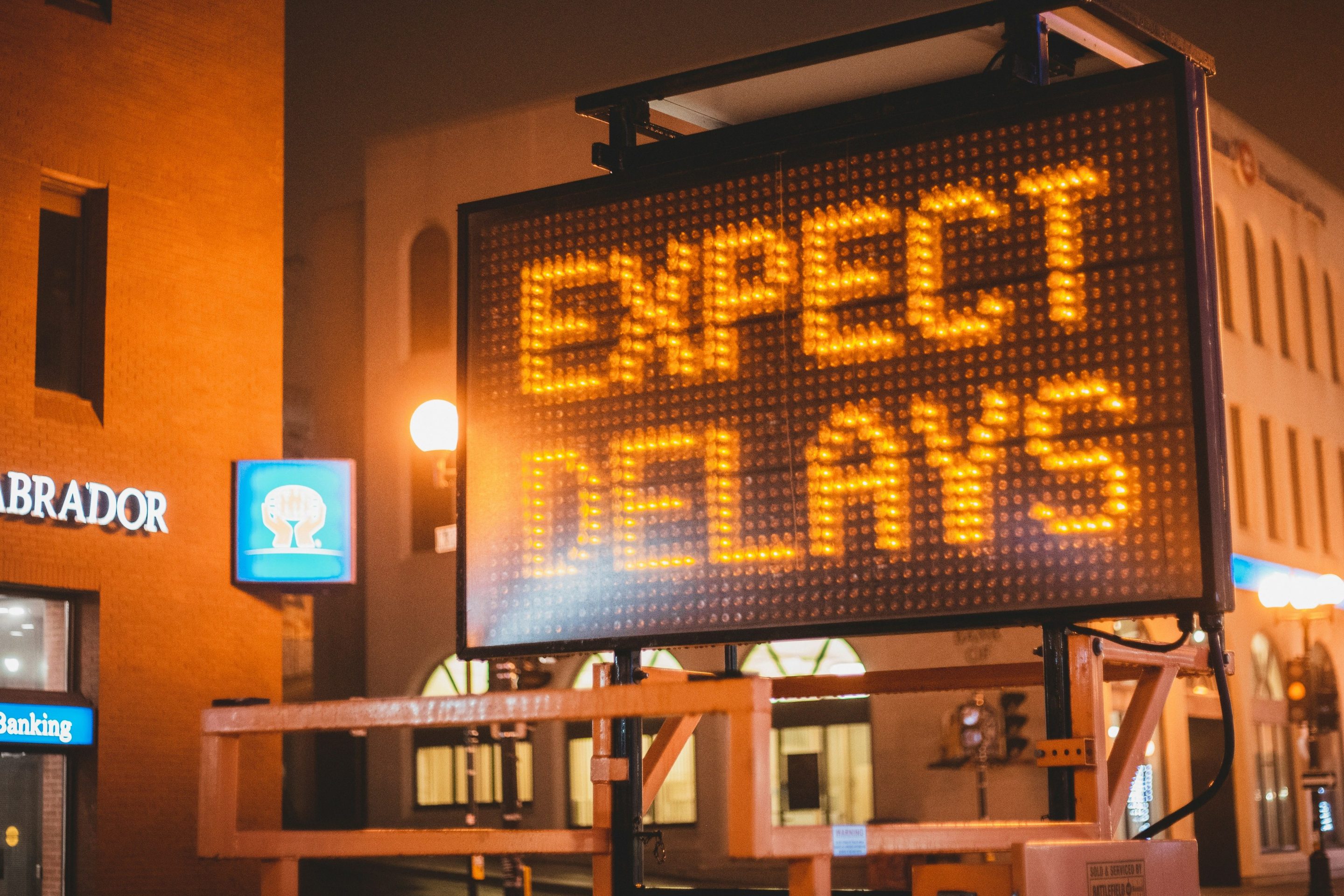A very interesting article in USA Today on the future viability of suburbs came up in our Twitter feed this morning, via Community Research Partners of Columbus, Ohio.
The piece, by Haya el Nasser, starts out talking about how population is falling in many of the suburbs that grew most quickly over the last few decades -- places like Bellevue, Washington. These communities have become known as "boomburbs." But their boom days are past -- for now. Some have begun losing population.
The most interesting angle in the article, however, isn't the decline of suburban fortunes and the real estate market that fueled them. It's what municipal leaders and researchers are saying will be necessary to make those places economically viable in the future. Which is this: they'll have to become more like cities. Denser. More walkable. Not bedroom communities, but self-contained communities.
Robert Lang, a professor of sociology at the University of Nevada, Las
Vegas who coined the term "boomburbs," put it this way: "The irony is
that if they want to keep growing, they must grow as cities, which is
diametrically opposite of how they got so big in the first place."
And transit will be key to that transformation:
Population has declined since 2006 in Irving,
Texas, but the city is prepared for healthy growth as soon as a
light-rail line to Dallas/Fort Worth International Airport is
completed. "Eventually, you have to shift your focus to not just
booming growth but redevelopment," Mayor Herbert Gears says. "That
(rail) line is what's given us the opportunity to create an urban
center."
Condominiums, apartments and retail are planned
along the transit line. The city projects a 240,000 population by 2015,
an 11% jump.
Growth in Henderson, Nev., near Las Vegas, has
slowed but not stopped. "With the slowdown we've seen, it gives us an
opportunity to take a breath," says city spokesman Bud Cranor.
Henderson is focused on creating "green" jobs and a more sustainable
urban environment, he says.
The article highlights what is emerging as a powerful unifying argument for smarter development: economics. It's an approach that could bring conservatives and liberals together. And it will certainly be part of Transportation for America's upcoming discussion on conservatives and public transportation.
More from the network: Bike Portland on results from an ad campaign that asked, "Should cyclists pay road tax?" Dotage St. Louis on an attractive replacement for a parking lot. And Rights of Way in Portland, Maine, on what a difference a four-foot narrowing of a street can make.





